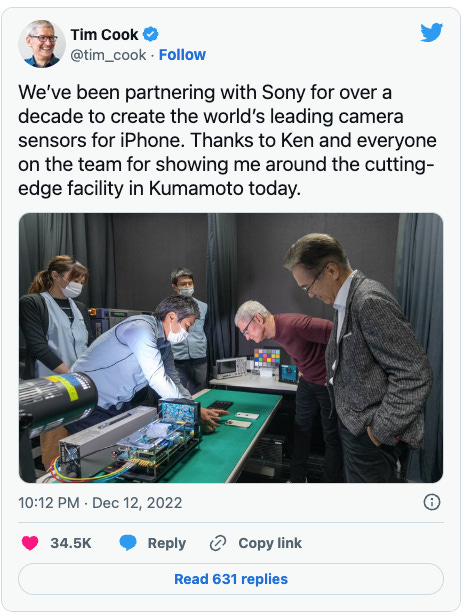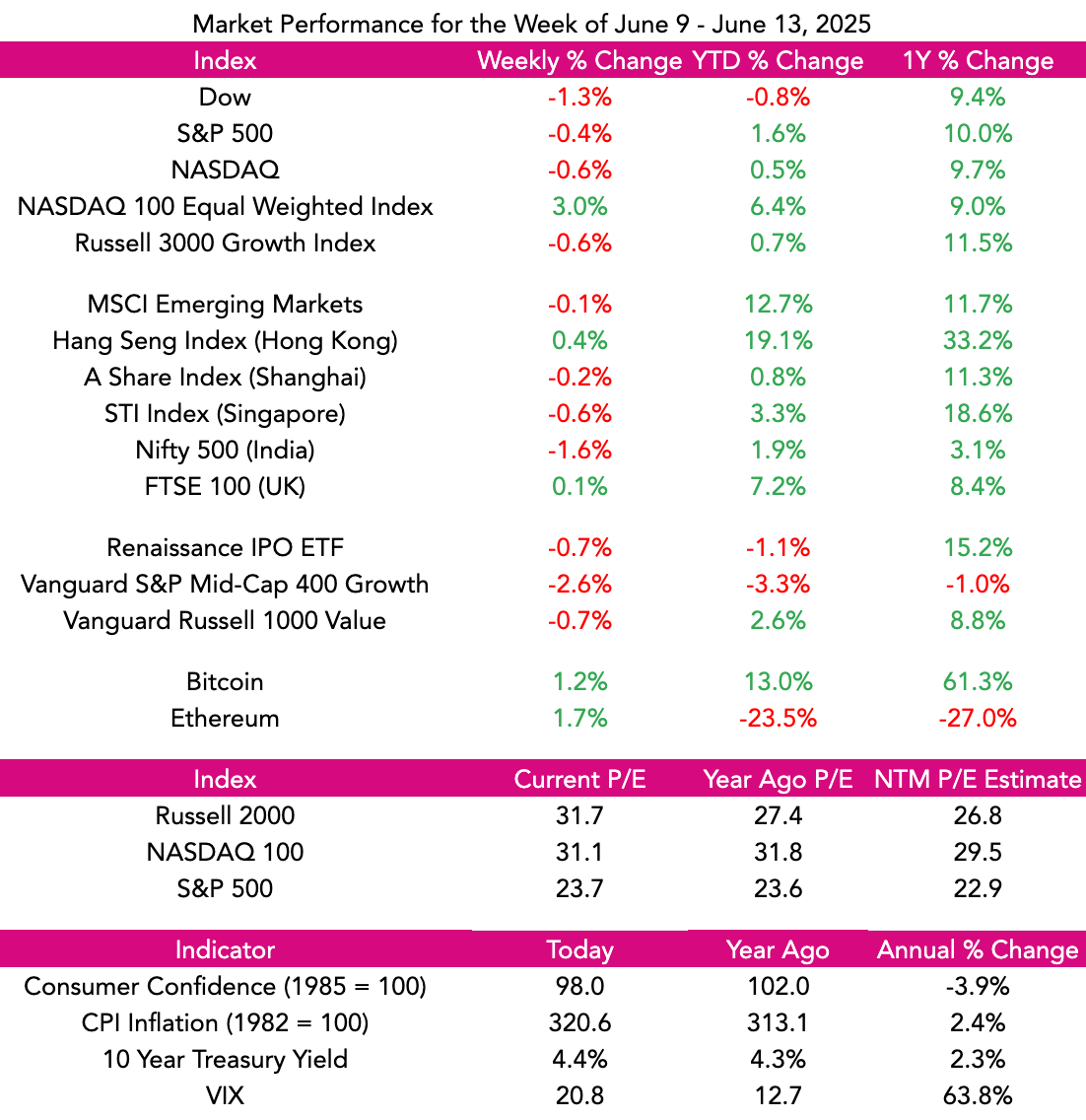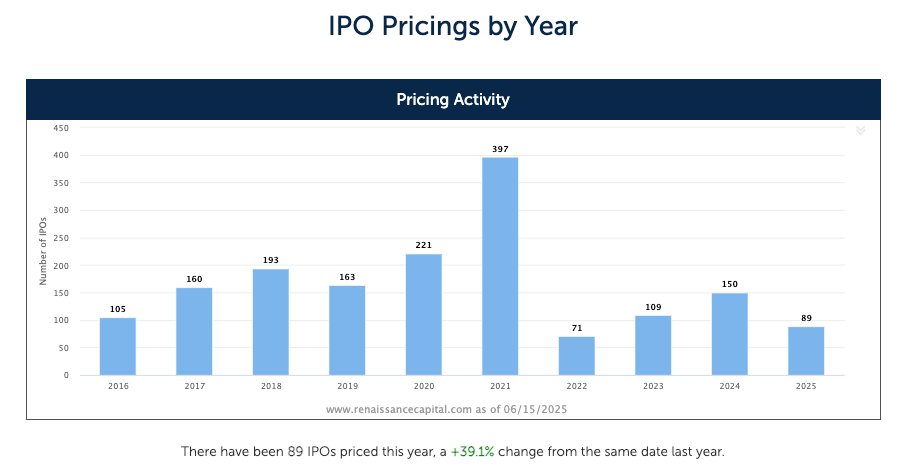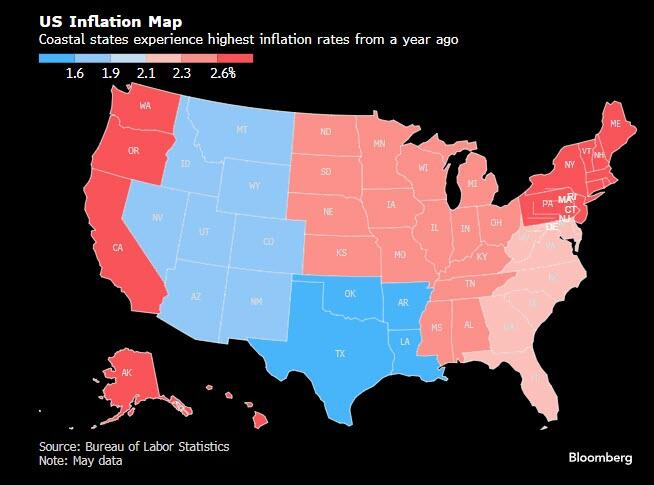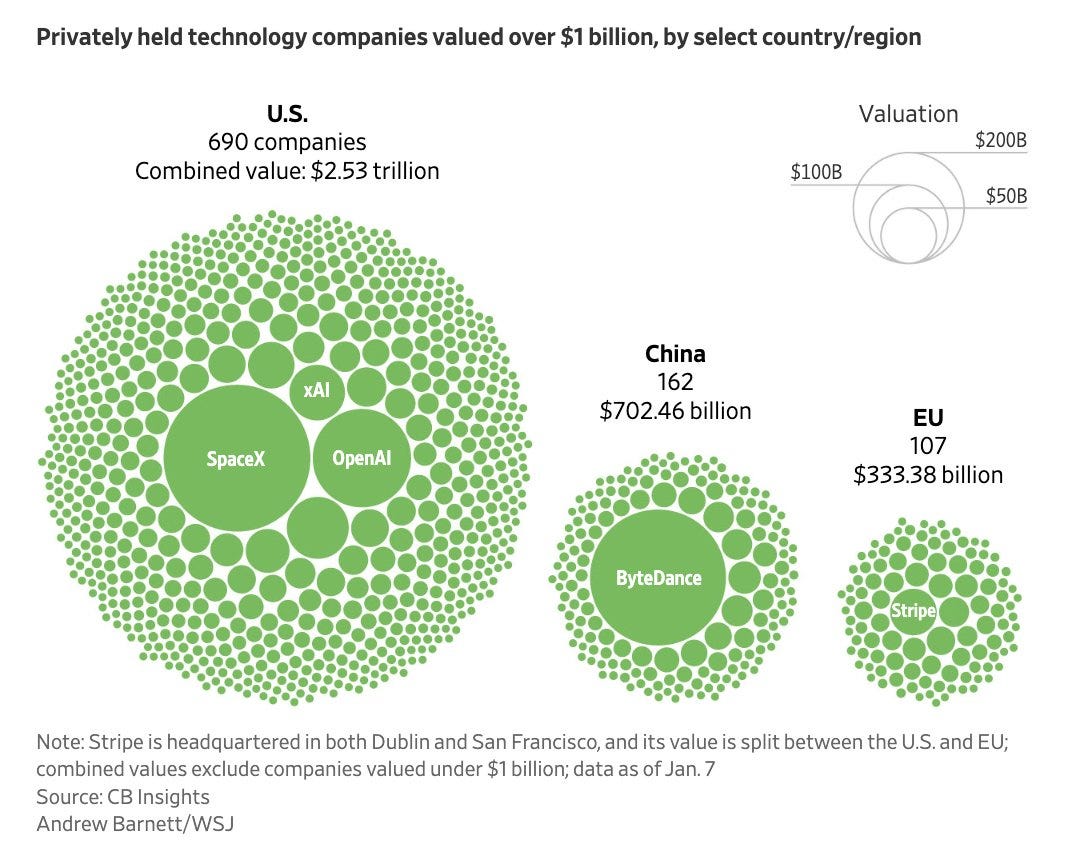EIEIO Best Of...Video Killed The Radio Star
From Corsica to Creative Destruction
GSV’s weekly insights on the global growth economy. Join our community of entrepreneurs, investors, executives, educators, and students getting a window to the future by subscribing here:
EIEIO…Fast Facts
Entrepreneurship: 2.4 Million – The number of square feet of office space leased by AI companies in the San Francisco Bay Area last year alone. (CoStar)
Innovation: 38% – The percentage of corporate executives who say they feel comfortable letting AI make decisions on their behalf. (Harper’s)
Education: 20 Billion – The number of assessment questions delivered on the Learnosity platform last year alone. (Gavin Cooney)
Impact: 10X - Girls in homes with an unengaged father are 10 times more likely to experience depression compared to girls in homes with an engaged father. (Rob Henderson)
Opportunity: 5.8% – The unemployment rate for recent college graduates, compared to 4% across all workers. (NYT)
“If you want to live your life in a creative way, as an artist, you have to not look back too much. You have to be willing to take whatever you’ve done and whoever you were and throw them away.” – Steve Jobs
“At the heart of capitalism is creative destruction.” – Joseph Schumpeter
“Every act of creation is first an act of destruction.” – Pablo Picasso
The stunning effectiveness of the Israeli Defense Forces was again on display last week with the elimination of Iran’s top military officers and nuclear scientists.
In kind, stocks plunged, oil prices surged and tensions around the globe were turned up a couple notches.
My purview for the events that unfolded was Corsica, the stunning French island in the Mediterranean where Napoleon was born and Seneca was exiled. Hiking, biking and enjoying the incredible natural beauty, it was hard to imagine such traumatic events happening just on the other side of the Mediterranean.
While it’s important to understand the seriousness of a war between Israel and Iran and its consequences, it’s beyond the jurisdiction of EIEIO to make judgments on who’s right and who’s wrong. That said, whether it’s the Middle East situation or solving any big problem, often to go forward you first need to go backward.
As Albert Einstein said, “The definition of insanity is doing the same thing over and over and expecting different results.”
– MM
“EIEIO…Video Killed The Radio Star” was first published on March 5, 2023.
Since the invention of fire disrupted the monopoly that vegetarian chefs had on cooking, new technology has been impacting the Future of Work.
While the characters are different, the plot is the same. Exciting new technology is introduced, skeptics call it a fad, enthusiasts say how everything’s changed and how the new technology will take over the world. Alarmists fret the disruption of zillions of jobs.
As Bill Gates puts it, we always overestimate the change that will occur in the next two years and underestimate the change that will occur in the next ten.
Over the last 100 years, we’ve seen the commercial adoption of the airplane, automobile, mass adoption of electricity, medical technology and pharmaceuticals, the Internet, social media, mobile phones…all vastly improving society’s quality of life.
Despite all of these new technologies, since 1920, US GDP Per Capita has increased over 10x from $6,460 to $71,343, population has grown 3x from 106 million to 327 million, and jobs have grown nearly 4x from 41 million to 155 million.
The below chart from Scott Galloway tells the story. Innovation doesn’t destroy jobs…it creates them.
While the chart moves up and to the right, progress does not come without pain along the way. It even has a name: creative destruction. Economist Joseph Schumpeter coined the term for the process where the economy grows via innovation and the disruption of incumbents.
The impact of creative destruction has been enormous, and staying power is hard to come by. Since 2000, 52% of Fortune 500 companies have gone bankrupt, been acquired, or ceased to exist.
Those who find themselves on the wrong end of creative destruction often reach their eventual demise by trying to do the impossible: fight gravity.
Major technological disruptions are like gravity – there is no stopping them. Whether it was the rise of e-commerce, the move to the cloud, or the proliferation of social media, many companies eventually sank as a result of spending too many years swimming upstream.
Here’s one example of creative destruction that you might not know…the story of J.M. Lapeyre, the man who came up with the idea for the Automated Shrimp Peeling Machine while sitting in church at age 16 in 1943.
Before his invention, human workers peeled shrimp by hand, often 1) letting the smaller, harder to peel shrimp pass them by on the assembly line and 2) missing out on a portion of the shrimp meat due to human error.
J.M.’s machine could peel 1,000 pounds of shrimp per hour - equivalent to hand-peeling by 150 experienced shrimp peelers. The machine had a significantly larger yield of shrimp per barrel, because it would recover 5-10% more meat.
This led to lower overall processing costs, allowing shrimp to be sold at a reduced price to a larger market and expanding shrimp processing from a local operation to a global one.
This invention birthed J.M.’s company, Laitram Corporation, which today employs nearly 4,000 people across 11 global locations.
Many of the jobs replaced by disruptive innovation were often the least glamorous (i.e., professional shrimp peeler), as technology has unlocked more fulfilling and meaningful work.
Think of how many jobs today – SEO Marketer, Social Media Specialist, Cloud Architect, Podcaster – have been created in the past 25 years alone…which brings us to the “gravity” of the day—Generative AI and ChatGPT.
The optimists are predicting a revolution for how we write, learn, and earn; the pessimists are predicting the end of original and creative thinking; the alarmists are betting that millions of jobs will be destroyed.
As clickbait-y and alarmist as these headlines may sound, they are evidence of history “rhyming” once again. The US labor force has proven time and time again that it is willing and able to upskill and re-skill in order to remain valuable contributors to the market.
At a macro level, there is historical precedent in the United States for shifts of the entire labor force. In 1880, agricultural workers comprised half of the US workforce. In 1981, that number was reduced to 3%.
People were incentivized to do the training, reskilling, and upskilling required to move away from the backbreaking work of pre-industrial revolution farming, and they did just that. Enabled by machine-augmented productivity gains, people were able to pursue different careers and reduce the length of their work weeks by ~20%, from 53 hours in 1900 to 42 hours in 1999.
When the Model T was invented, it turned the horse-drawn carriage industry upside down. Stablemen, leatherworkers, and blacksmiths were shocked by the arrival of a full-blown replacement of what their livelihood revolved around – the horse.
However, these workers re-skilled in order to adapt to the new economy forming around the automobile – leatherworkers shifted from making saddles to making car seats, and blacksmiths from horseshoes to auto parts. As for stablemen, well, they could join one of the new lines of work created in the wake of the automobile invention – such as the car wash (can’t be too different from washing a horse, can it?).
There are plenty of modern examples of companies refusing to pick a fight with gravity, and one such example is Sony. The company has officially stopped selling its iconic DSLR camera, apparently instead leaning in on its efforts in providing sensors for phone cameras - including the iPhone, as was revealed in a rare confirmation of component parts by Tim Cook in December. If you can’t beat ‘em, join ‘em.
We’ll have more to say on all things AI next week, but one thing is for sure…the same ingenuity and creativity that gave us cars, bikes, and shrimp peelers isn’t going anywhere.
Market Performance
Market Commentary
Stocks were contained by worries of an escalation of war between Israel in Iran with Israel decapitating a handful of Iranian military and nuclear leaders and Iran retaliating with drone strikes on Tel Aviv.
For the week, the Dow sank 1.3%, NASDAQ fell .6% and the S&P declined .4%. Overall, NASDAQ is off just 4% from an all time high and the S&P is 3% from its peak level. Since the bottom, both the S&P and NASDAQ are up over 20%.
Of note to investors is the health of GDP growth, the strength of employment and what’s going on with inflation. With GDP, while forecast have come down to an expected 1.6% growth this year, and 1.5% next year…it’s not negative and that’s a positive. Employment has remained solid with unemployment at 4.2% versus a historical 5.5% average. Inflation has come down and appears to be in check with last week’s CPI numbers for May coming in at 2.2%.
Despite stocks bouncing around like a ping pong ball, the strength of growth companies remains impressive. Earnings growth and revenue growth for technology companies have been consistently above expectations and financing deals are getting done an accelerated pace.
Accordingly, we remain BULLISH and would view the volatility that remains in the market as an opportunity to load up on high quality growth companies when they go on “SALE”.
Need to Know
READ: Six Themes for 2025 | 99% Derisible
WATCH: Katherine Boyle on Co-Founder Relationships | TBPN
LISTEN: Eli Manning - Pressure, Leadership & Showing Up | Glue Guys
GSV’s Four I’s of Investor Sentiment
GSV tracks four primary indicators of investor sentiment: inflows and outflows of mutual funds and ETFs, IPO activity, interest rates, and inflation.
#1: Inflows and Outflows for Mutual Funds & ETFs
#2: IPO Market
#3: Interest Rates
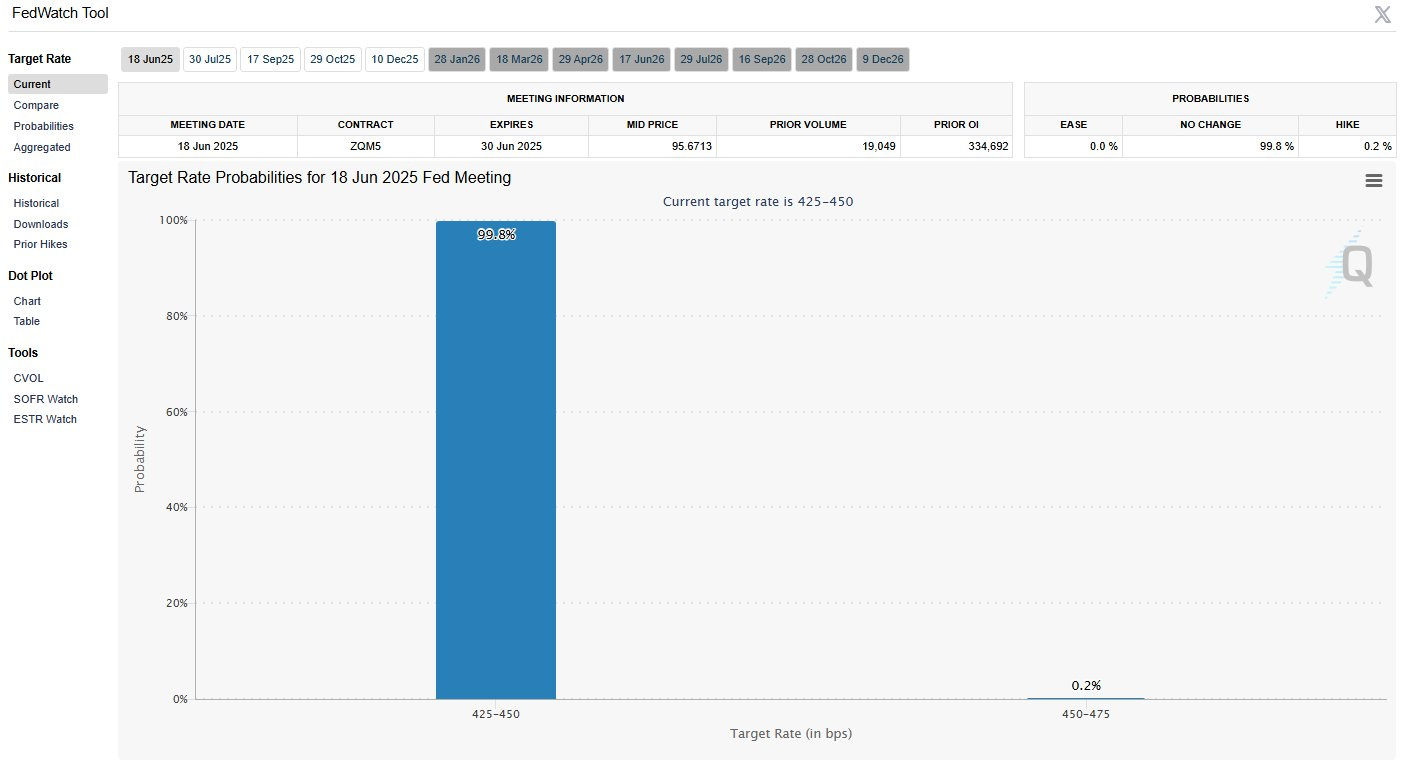
#4: Inflation
Charts of the Week
Maggie Moe’s GSV Weekly Rap
Chuckles of the Week
FEEDBACK: We love it when our readers engage with us. Send your thoughts, comments, and feedback to dashmediagsv@gmail.com – we read every email!
Connecting the Dots & EIEIO…
Old MacDonald had a farm, EIEIO. New MacDonald has a Startup…EIEIO: Entrepreneurship, Innovation, Education, Impact and Opportunity. Accordingly, we focus on these key areas of the future.
One of the core goals of GSV is to connect the dots around EIEIO and provide perspective on where things are going and why. If you like this, please forward to your friends. Onward!
Make Your Dash Count!
-MM












